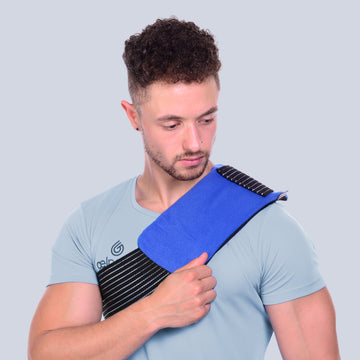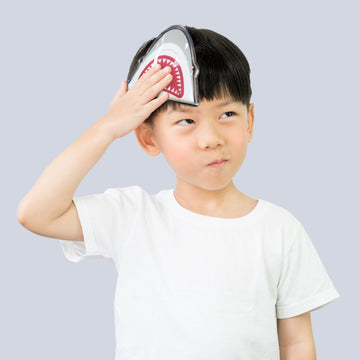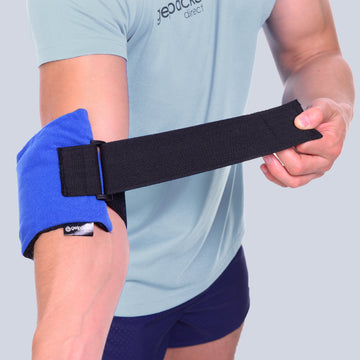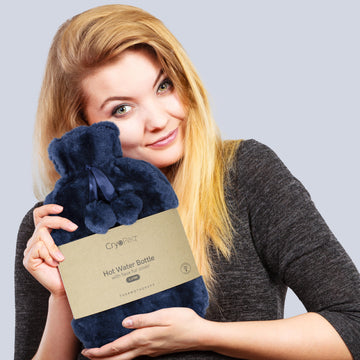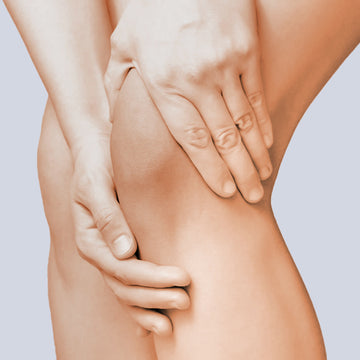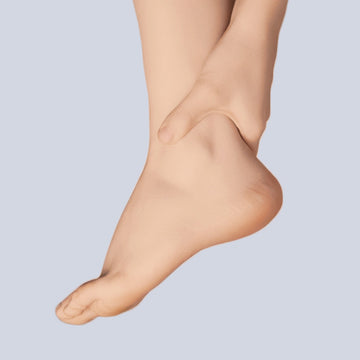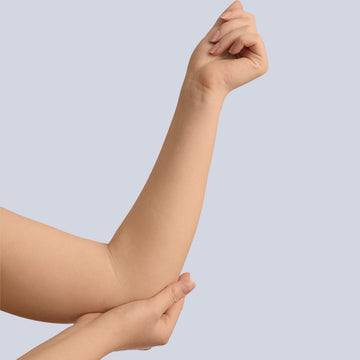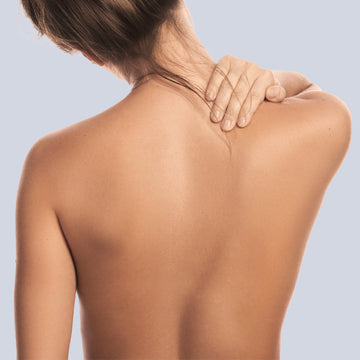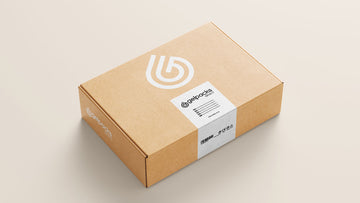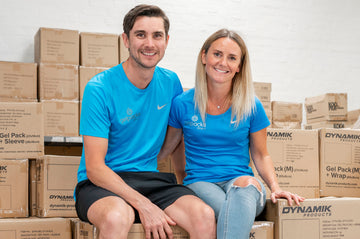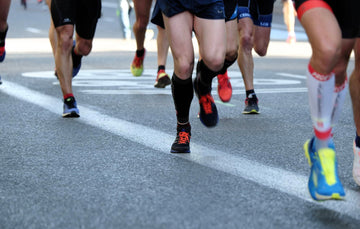Posted by Tia Patel | MAY-05-2021

Running after 40
Did you know the average age for becoming a runner is 40.
Athlete, Paula Radcliffe juggled long-distance running with motherhood and was 41 with two kids when she completed her last competitive race in 2015. But how much does affect running performance and is it all downhill after 40? Keep reading to find out why runners get slower with age, the benefits of running after 40 and 5 tips for mastering your running in your 40s…
Why do runners get slower with age
Our bodies naturally slow down with age with a study by the American College of Sports Medicine finding that the body’s capacity to transport oxygen to muscles (VO2 max) decreases approximately 5–15% per decade starting at 25–30 years of age. In turn causing your maximal heart rate to decrease about 6–10 beats per minute per decade.
The same report shows muscle mass and strength also begins to decrease as we age, with an estimated 10% reduction by 50. As you get older, the number continues to fall to about 15% per decade through your 60s and 70s, and then by about 30% thereafter.
In total, according to data from World’s Master’s Athletics, aging accounts for a 7% slow down per decade during your 40s, 50s and 60s, and then a more rapid slowdown as you enter your 70s.
Our running mechanics change, according to a study published in Medicine & Science in Sports & Exercise, older runners take shorter strides than younger runners, relying less on the muscles around their ankles. In the study, researchers evaluated runners between 23–59 years of age, finding that the older runners’ decreased stride length was correlated with decreased speed and weaker push off from the ankle and calf muscles. This kept their feet closer to the ground and resulted in a speed decrease of roughly 20% with each passing decade. Whilst mechanical reductions were found at the ankle, these changes did not occur at the knee or hip, suggesting that the lower leg muscles deteriorate faster with age.
Benefits of running after 40
A study by the National Cancer Institute found that Starting to exercise as an adult can still yield big health benefits. Engaging in moderate-to-vigorous physical activity has a range of benefits including improving an individual’s metabolic rate, which includes electrolyte balance, kidney function, blood sugar level, and liver function. It can also reduce the likelihood of developing obesity, heart disease, type 2 diabetes, and some cancers. Therefore taking up running, even at an older age, can still be an effective hobby in lowering the chances of developing major health problems.
5 tips of mastering running in your 40s
1. Focus on strength - Having a strength training regime is more than ever after hitting 40 with muscle mass declining by eight per cent per decade thereafter. Strength training will help to counteract this loss, while also building muscle to ease the burden of running on your joints as you age. The recommendation is to spend 30 minutes twice a week, targeting muscles that running often misses, using your own body as weight, by doing squats, lunges, press-ups and planks.
2. Recovery - Recovering post run has never been more important. Foam rolling your hamstrings, quads and glutes helps to loosen up connective tissues and promotes blood flow, similar to a massage. To treat any injuries or niggles, we recommend icing the area to reduce swelling and inflammation and relieve pain. Alternating with heat 2 hours later will bring fresh blood and nutrients to the area to speed up healing.
3. Keep up some speed - Old injuries and a declining V02 max can put off anyone from practicing speedwork. But it actually helps to practice different types of speed runs and hill sprints to maintain your neuromuscular coordination, range of motion and fitness. Start by adding some short quick fire runs ranging from 10-20 seconds fast with a 30-60 seconds recovery walk and repeat 10 times.
Ready to fartlek? Take a look the types of run
4. Nurture your bones - Age-related bone-density loss can increase the risk of stress fractures and osteoporosis in older runners. To counteract this, it's important to make sure you’re getting enough calcium and vitamin D in your diet. Good sources of calcium include dairy products, tofu, broccoli and sardines. For your vitamin D hit, oily fish such as salmon or cod will help as well as spending some time in the sun.
Tips for vitamin D and summer running
5. Adjust your goals - Look forward to any birthday that puts you in a new age group category. Explore new distances or new events (triathlons, trail races) in which you can still get yourself a new PB. Even if you can’t push for a new 5k pb, there are still plenty of medals to be won.
The most important thing of all is regardless of having slowed down a bit, you’re still out there running, loving it and part of TeamGPD.
#TeamGPD
